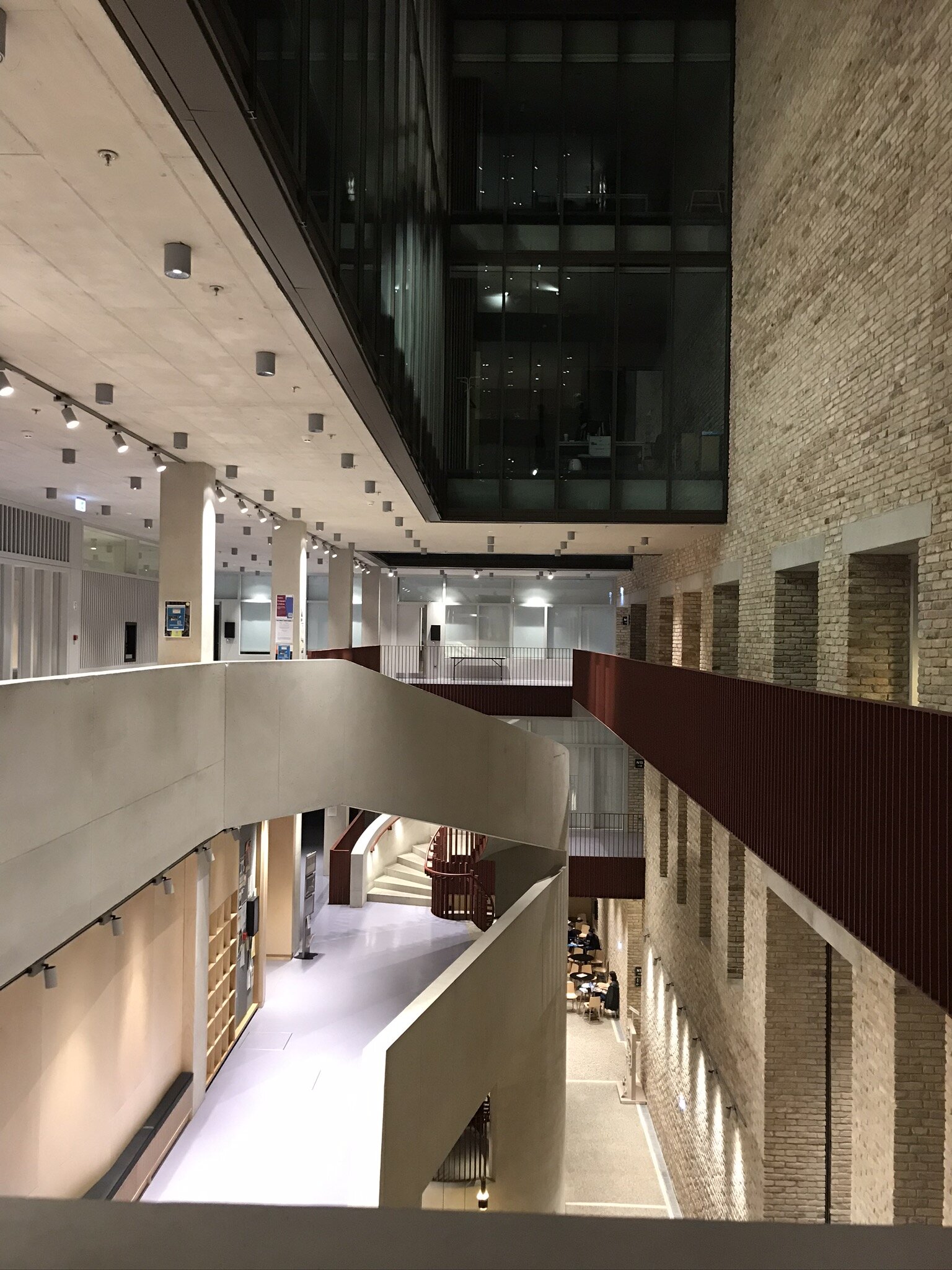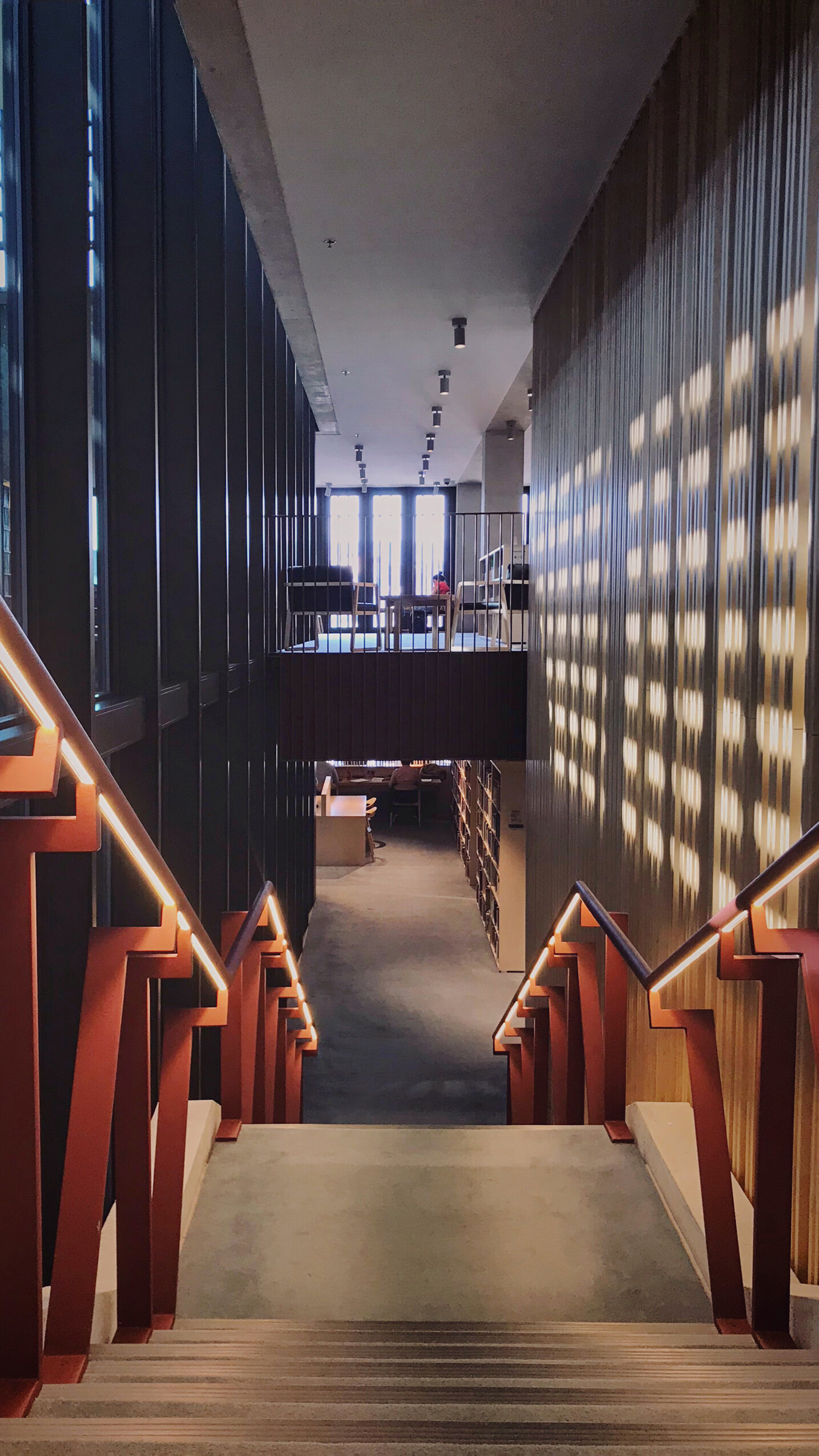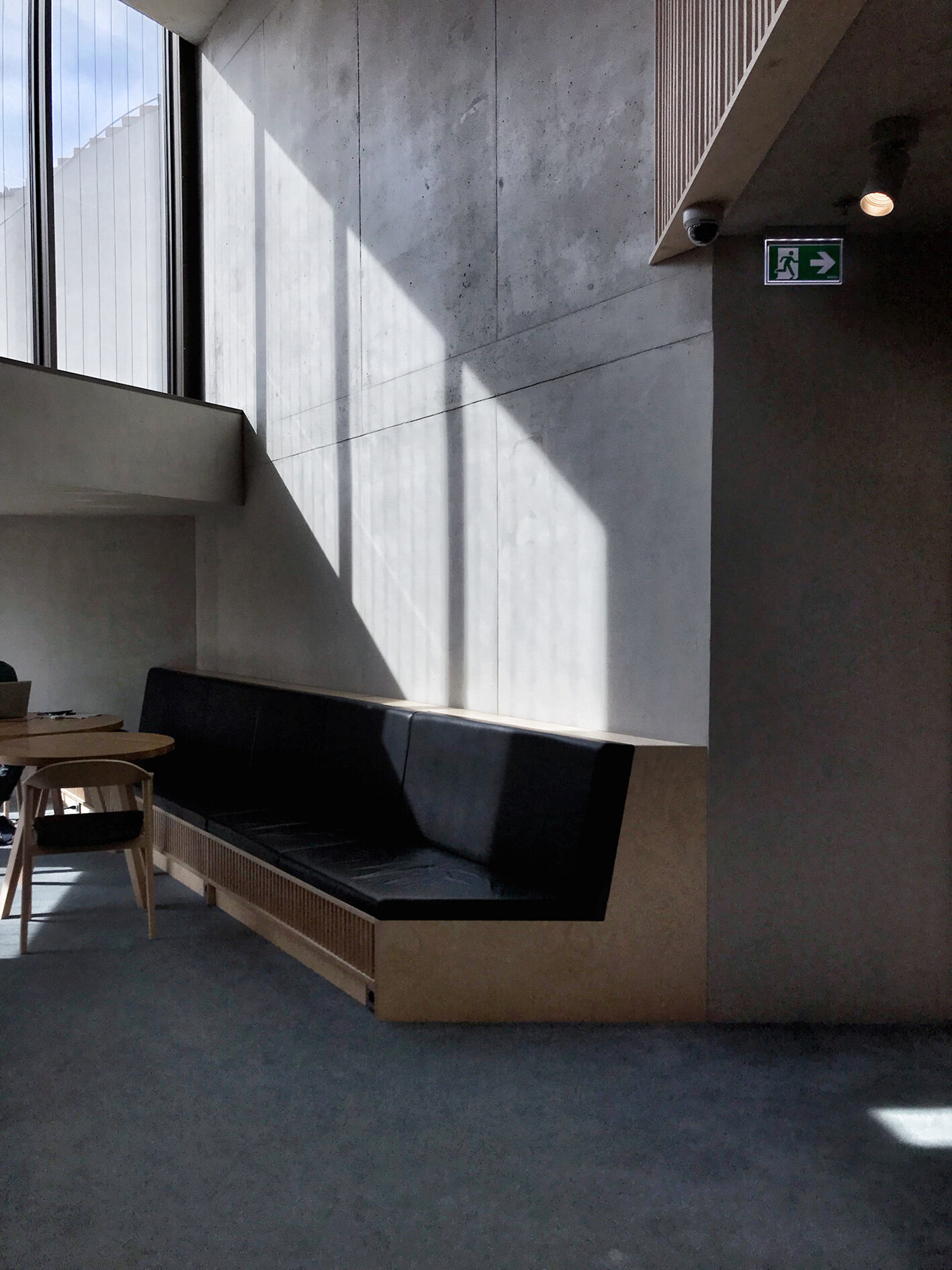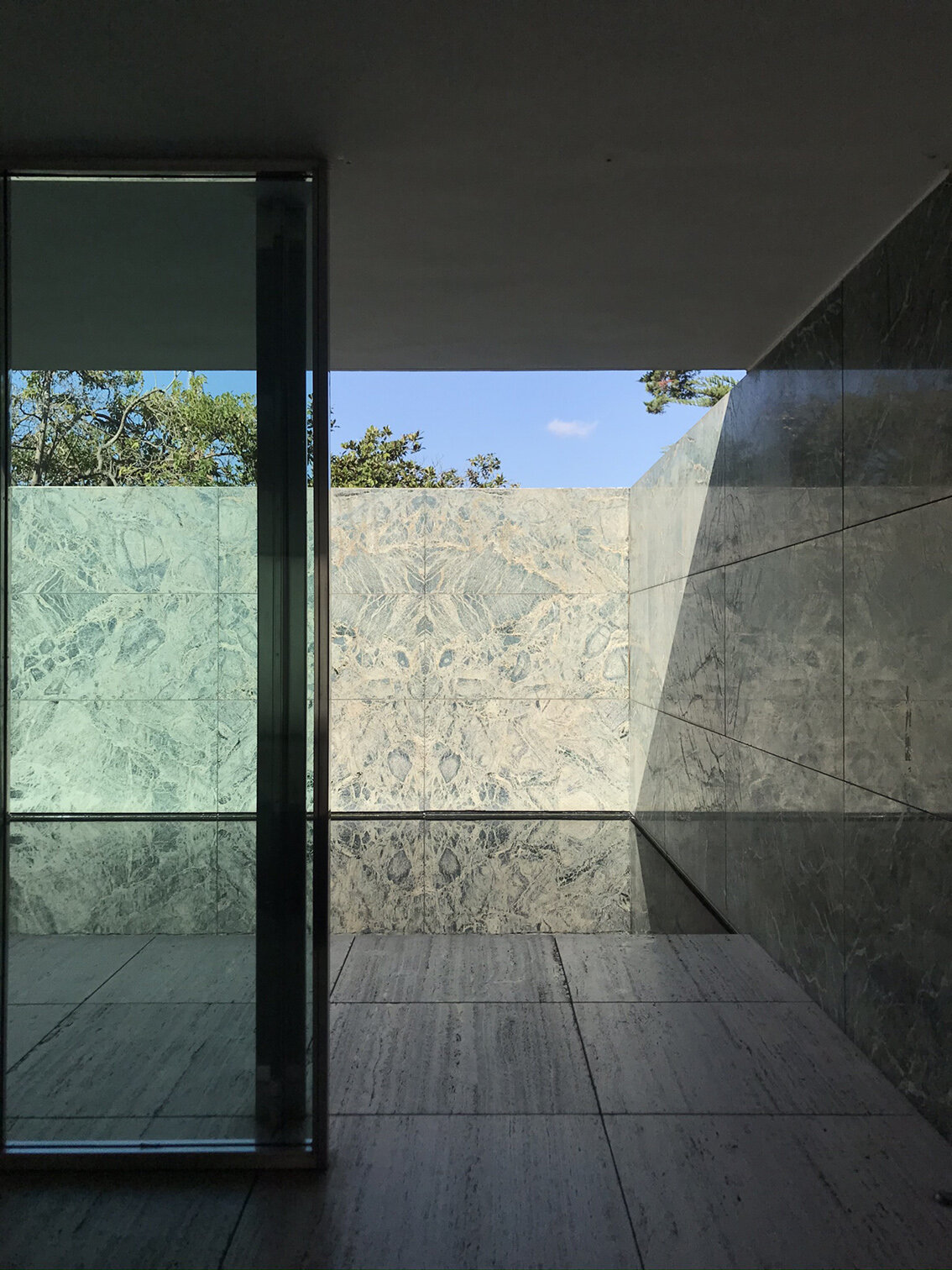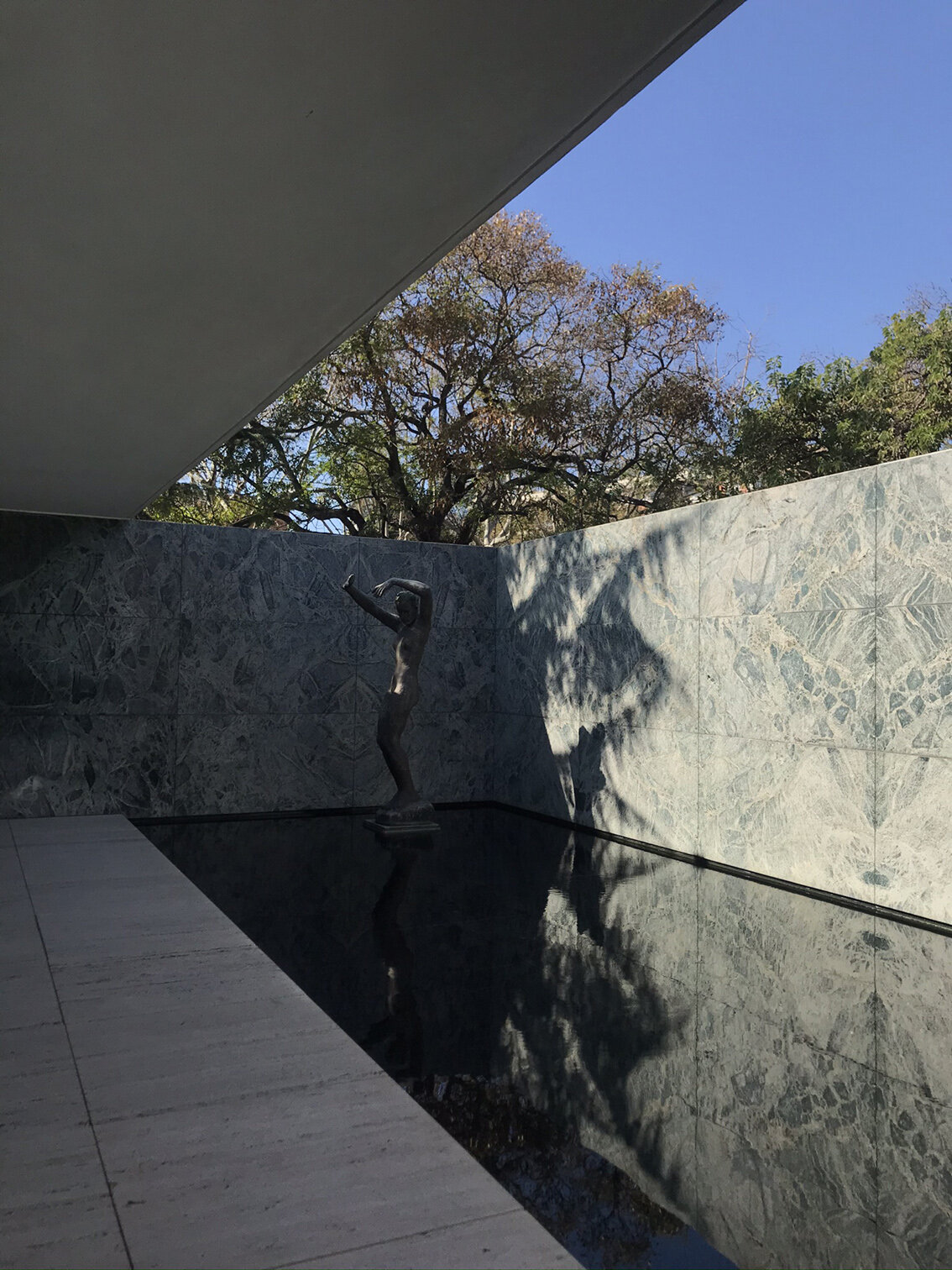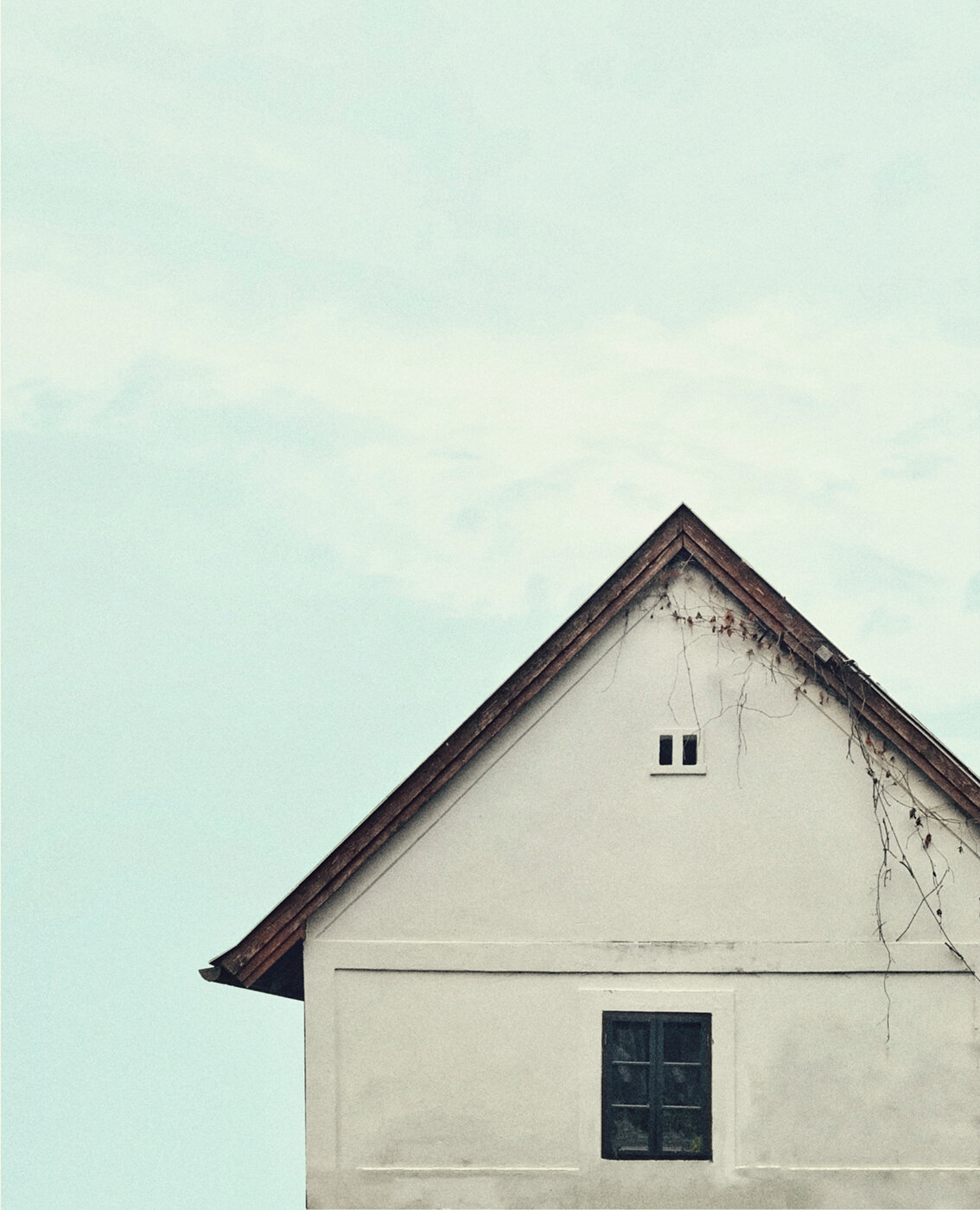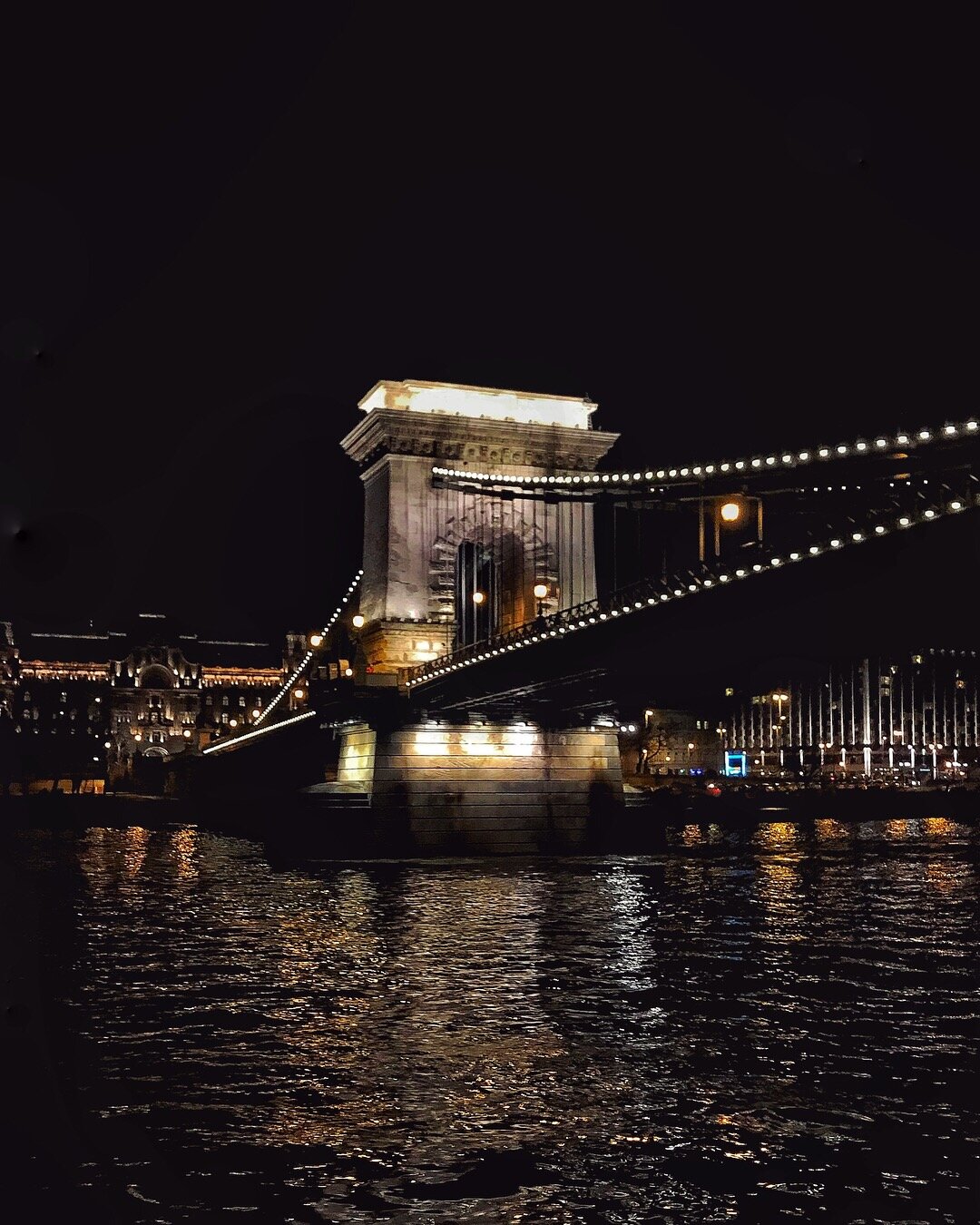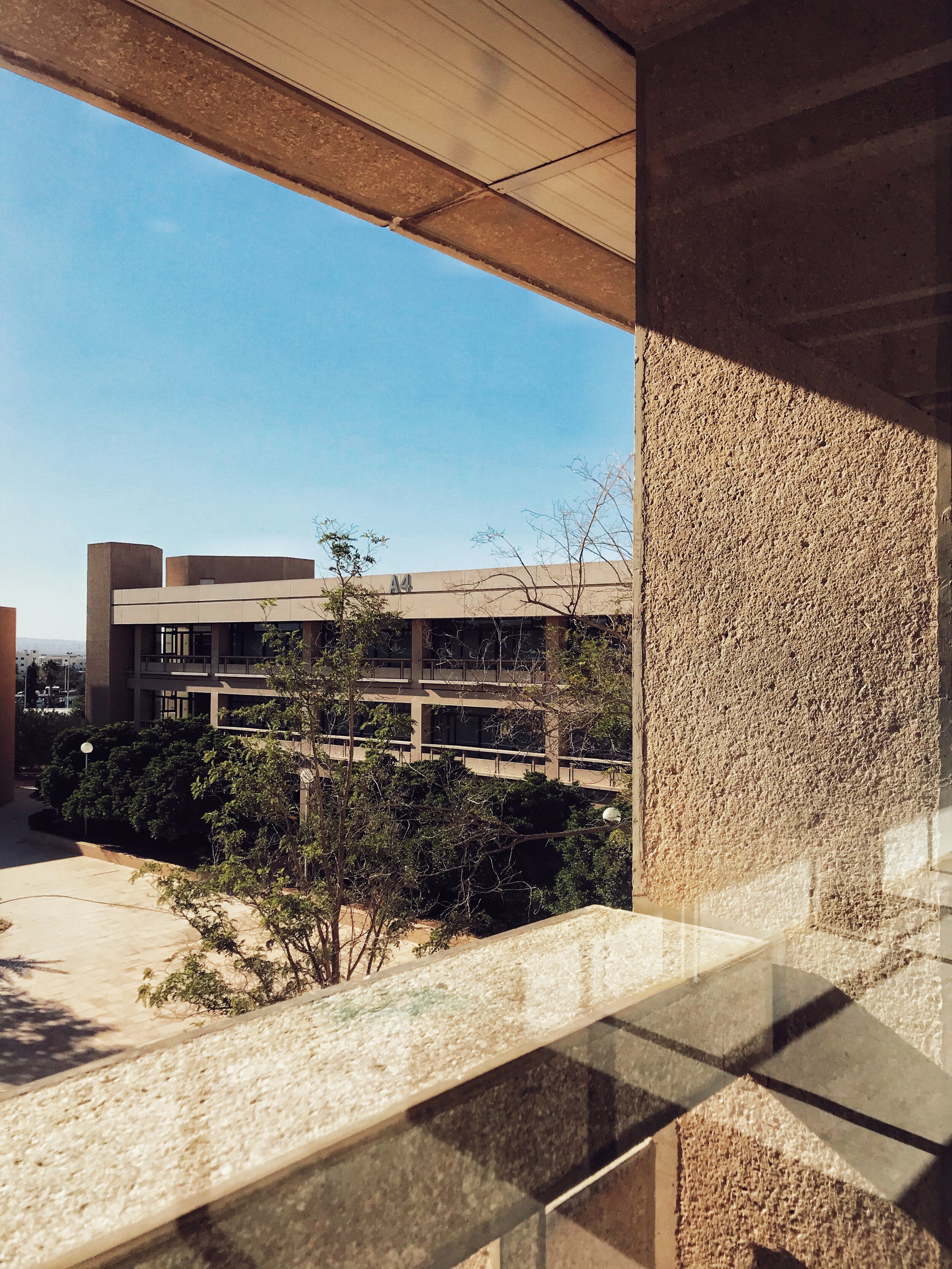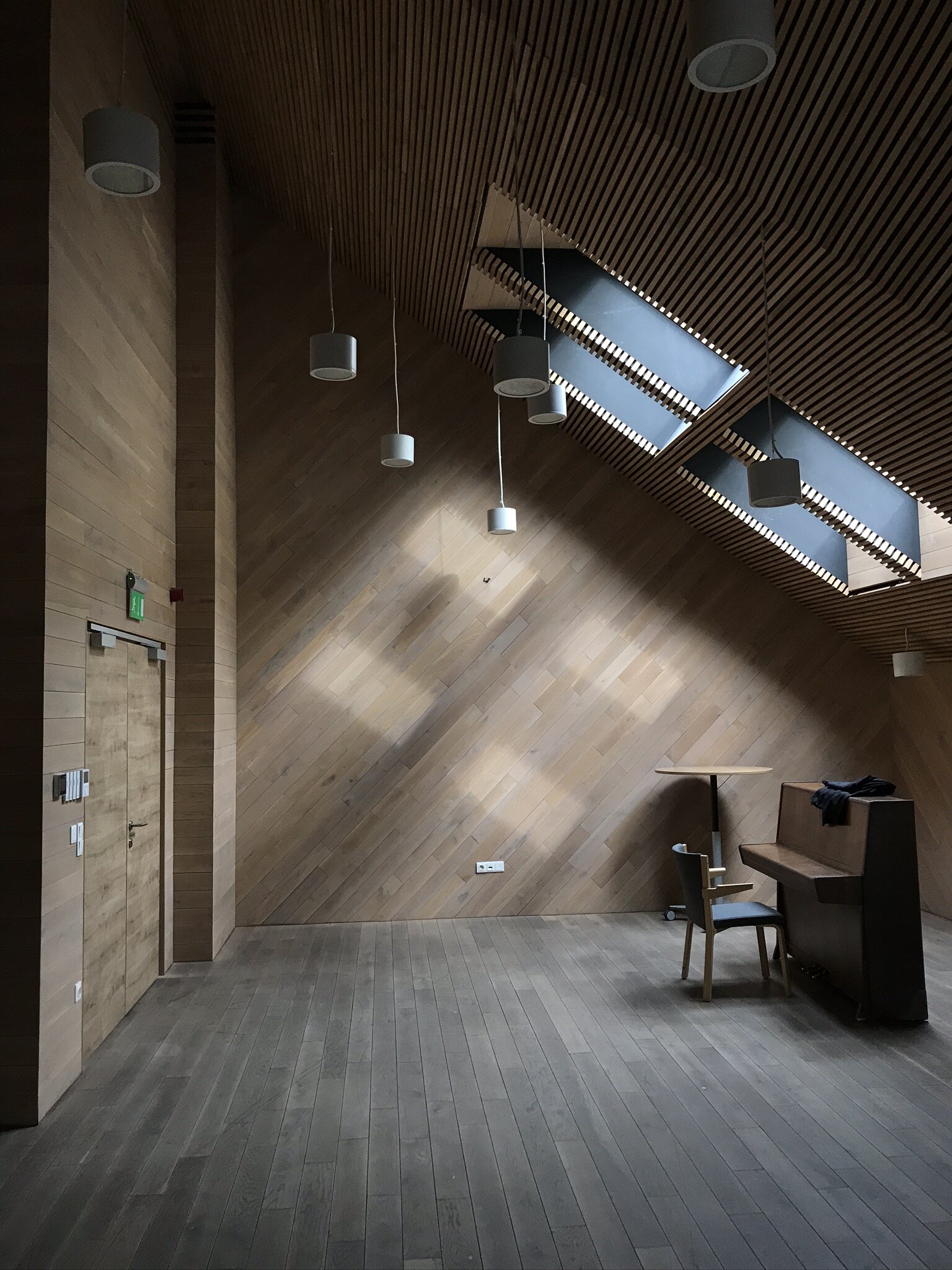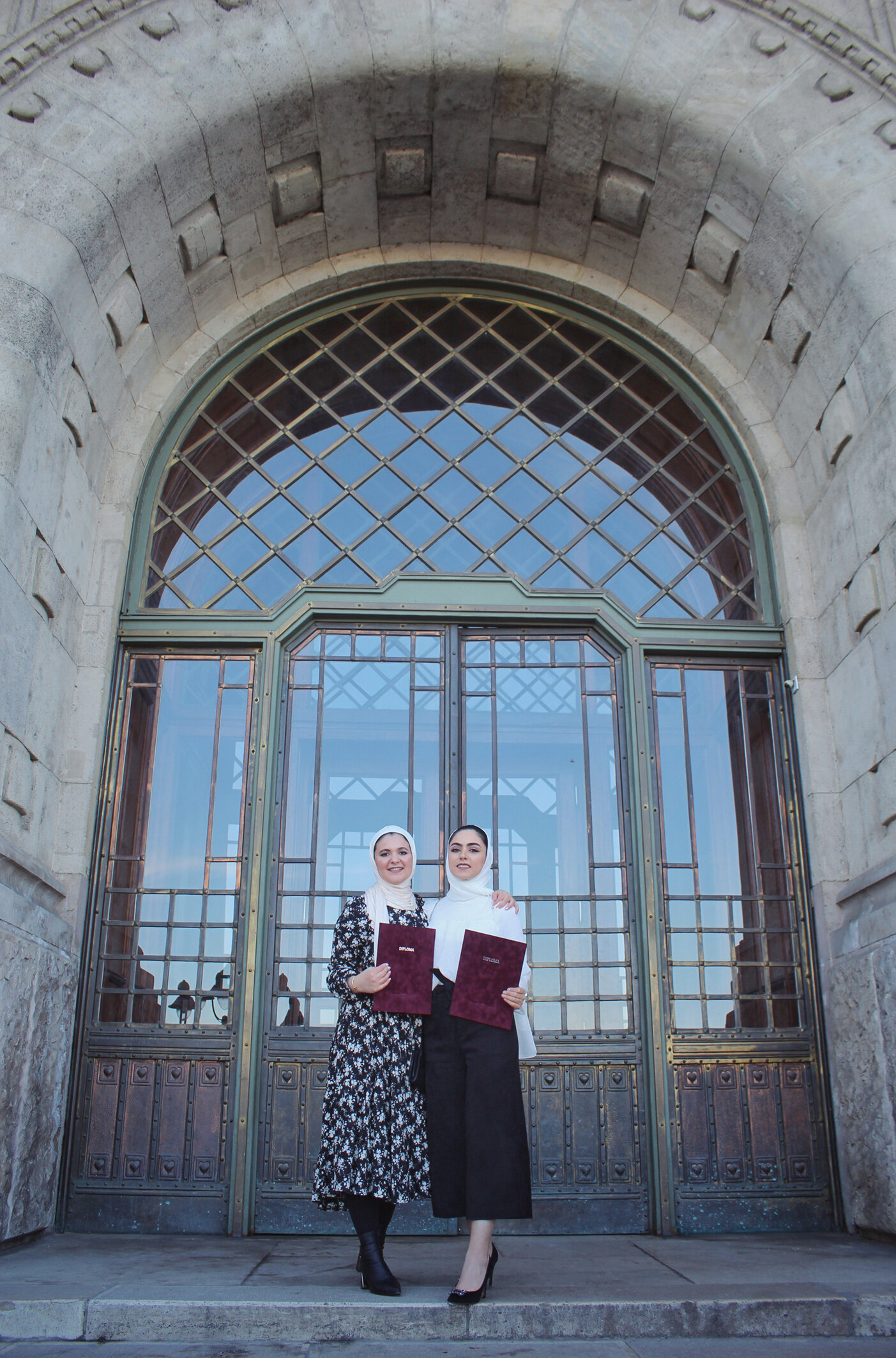SARAH TAWALBEH
Photo credits to Israa. Portrait courtesy of Sarah Tawalbeh.
Sarah Tawalbeh is an architectural graduate of Jordan University of Science and Technology in Irbid, Jordan (BSc) and Budapest University for Technology and Economics in Budapest, Hungary (MSc). As an emerging professional, Sarah has practiced as a designer in various firms such as FARAH Architects in Amman, Jordan, and NARMER Architecture Studio in Budapest, Hungary. Today, she is a Project Associate in REMANAG in Amman-Newark.
Growing up, Sarah describes herself as “a simple, yet a sophisticated person.” She is grateful to grow up in a loving, humble, and supportive family that believes in identity, singularity, and passion. Sarah admires intelligence through her determination to work harder and improve in all aspects of herself as a professional. As a result, Sarah’s primary goals include living in the moment and seizing any opportunities that come her way.
Since Sarah’s primary school days, education has always been a large part of her life. Despite the lack of financial state, she has been very determined to possess knowledge and gain as many scholarships for high school, undergraduate, and graduate school as possible to continue to thrive. With her interests in arts and culture blooming in the last eight years, Sarah’s other interests include psychology and human behavior.
Library of Central European University: Where Sarah used to study. Image courtesy of Sarah Tawalbeh.
Where are you from?
Irbid, Jordan.
What is your favorite dish?
My favorite dish tends to change frequently; currently, I am always craving sushi rolls.
Additional facts about Sarah
Growing up in a conservative, religious, multi-national, and yet not a very diverse cultural society like Jordan, I have always thought of myself as the typical citizen; maybe it was due to the lack of observation and comparison. However, my mom guided my siblings and me on what is right, without excluding people's differences. I guess this is why I thought everyone around me shared similar beliefs and values.
After living (working and studying) in Europe alone, I started observing and comparing people's language, culture, tradition, traits, attitudes, and beliefs. I realized how unaware I was of many aspects of the structure I grew in and unaware of my inner self, what I believed in, and what suited me. As a result, I began to make it a point to understand my cultural values and beliefs that I grew as and shared with many others. When I returned to Jordan from Europe, I noticed how different my traits and attitude have changed. Suddenly, the European standards I was surrounded by merged with my western standards. It became by modified way of life.
Eventually, I reached a point where I feel too eastern for Europe or too western for Jordan.
Sarah’s graduation from Budapest University for Technology and Economic. Image courtesy of Sarah Tawalbeh.
Seizing Opportunities through Architecture
What inspired you to study architecture?
Sarah’s first room in Budapest. Image courtesy of Sarah Tawalbeh.
I always knew I was interested in science and mathematics but never design. After high school, I found myself applying for architecture school, not knowing what it was. I was not sure of where my passion lies due to the lack of educational guidance back then. To be honest, at first, I hated architecture. Despite how much I tried, I could not instantly fall in love with the profession. I just did what I had to do to pass my courses. One time, during a design studio, my professor humiliated me in front of my classmates and suggested that I was not taking the major seriously and did not deserve to practice architecture. Even though it was apparent that I had the talent, she would humiliate and fail me. Eventually, she decided to give me a chance. Since then, I knew that architecture chose me; I did not choose it.
Another benchmark was in my third year when I had the opportunity to be a student of a master architect, Dr. Yasir Sakr. Dr. Sakr introduced me to the soul of architecture: the spatial experience and dynamics of space. He is the one who guided many to design the “unbuilt’’ environment through rhythm, time, light, darkness, material, and color. After studying under Dr. Sakr, I no longer conceived spaces the same way. I finally found the passion to practice architecture.
Design project completed with Dr. Yasir Sakr’s guidance. Image courtesy of Sarah Tawalbeh.
Sarah's visit to the Pavilion by Mies Van der Rohe, Barcelona. Image courtesy of Sarah Tawalbeh.
Name a woman architect (preferably Arab or Middle Eastern) who most influenced you as an emerging professional? Why or How did they?
As I read the question, I feel sorry for not remembering any names other than the late Zaha Hadid. Even though I am sure there are many more women in architecture, the truth is that it is still a male-dominant profession. Unfortunately, I honestly cannot recall any specific Arab female architect from my university life or professional life.
Sarah in Prague. Image courtesy of Sarah Tawalbeh.
Name a favorite project completed by a Woman Architect (preferably Arab or Middle Eastern). Why is it your favorite?
My favorite project would be Issam Fares Institute for Public Policy and International Affairs in Beirut, Lebanon by Zaha Hadid.
In this particular building, I admire that the composition is radical yet respectful of its traditional context. I love how Zaha, for this project, used her design abilities and merged it with the community's conservative scope. The massing and volume distribution fits very well with the topography and integrates well with the surrounding landscape.
MSc Diving school project. Image courtesy of Sarah Tawalbeh.
How does your culture/ethnicity affect your studies and the way you design?
Since I come from a third-world country, I always believed it's essential to care about the people we are designing for and recognize that we are not here to build for other architects. We are here to serve and accommodate the life and work of so many people from different backgrounds. In other words, we need to understand their needs, priorities, and desires. We need to research and emphasize the more essential functional and practical aspects of any project.
Sarah’s MSc Diploma projects. Image courtesy of Sarah Tawalbeh.
In addition to practicing architecture, you also capture beautiful moments through photography. What introduced you to photography? How does that skill make you a better designer?
As far as I remember, I started my passion for photography right after when I moved to Budapest. It is a marvelous city, beautiful nature, enchanting river, picturesque landscape, magnificent architecture, varied in styles but all in harmony, warm colors and cozy spaces. I guess my eyes were simply triggered then and ever since I never stopped capturing moments anywhere I go. Naturally, my photography skills improved significantly and I started developing a personal style.'
When framing moments, sceneries, objects and especially architecture you naturally get your eye a better sense of evaluating design principles, especially, balance, proportion and scale. Also, it gives a great sense of color scheme.
Photography work by Sarah. Image courtesy of Sarah Tawalbeh.
If you were able to talk to your younger self, what would you say?
Generally, I would tell her to pause more often, explore around, talk less and listen more. More importantly, I would advise her not to take things nor people for granted. I wish younger Sarah would appreciate the tiniest blessings in her life.
Professionally, I would remind her of the importance of digging deep enough into the structure of architecture, which overlaps theories, philosophies, technologies, and art.
I would recommend more self-study, technical training, and software practice as understanding is the driving force of the work she’ll put forward as an architect.
Happy days in Jordan. Image courtesy of Sarah Tawalbeh.
What would you want to say to the next generation of aspiring Arab women architects?
In short, I do not see architecture any different from other male-dominant majors in these times. To all my fellow women, stay strong, fight for your career, and overlook the negativity. Make the best of what you’ve got, seize opportunities, work on yourself, and dream big!
I am proud of each one of us and looking forward to witnessing new female architecture!
Sarah's BSc Graduation project. Image courtesy of Sarah Tawalbeh.
In terms of rising concerns and problems (in the architectural profession) over the past year, what is one change that you wish saw would happen and still did not?
As new software and design tools require extensive training, effort, and periods of transitions and adjustment in the educational or work atmosphere, I lose myself trying to do my best to keep up with as many updates as possible. At times, if I am not up to speed, I risk losing my chance in the field.
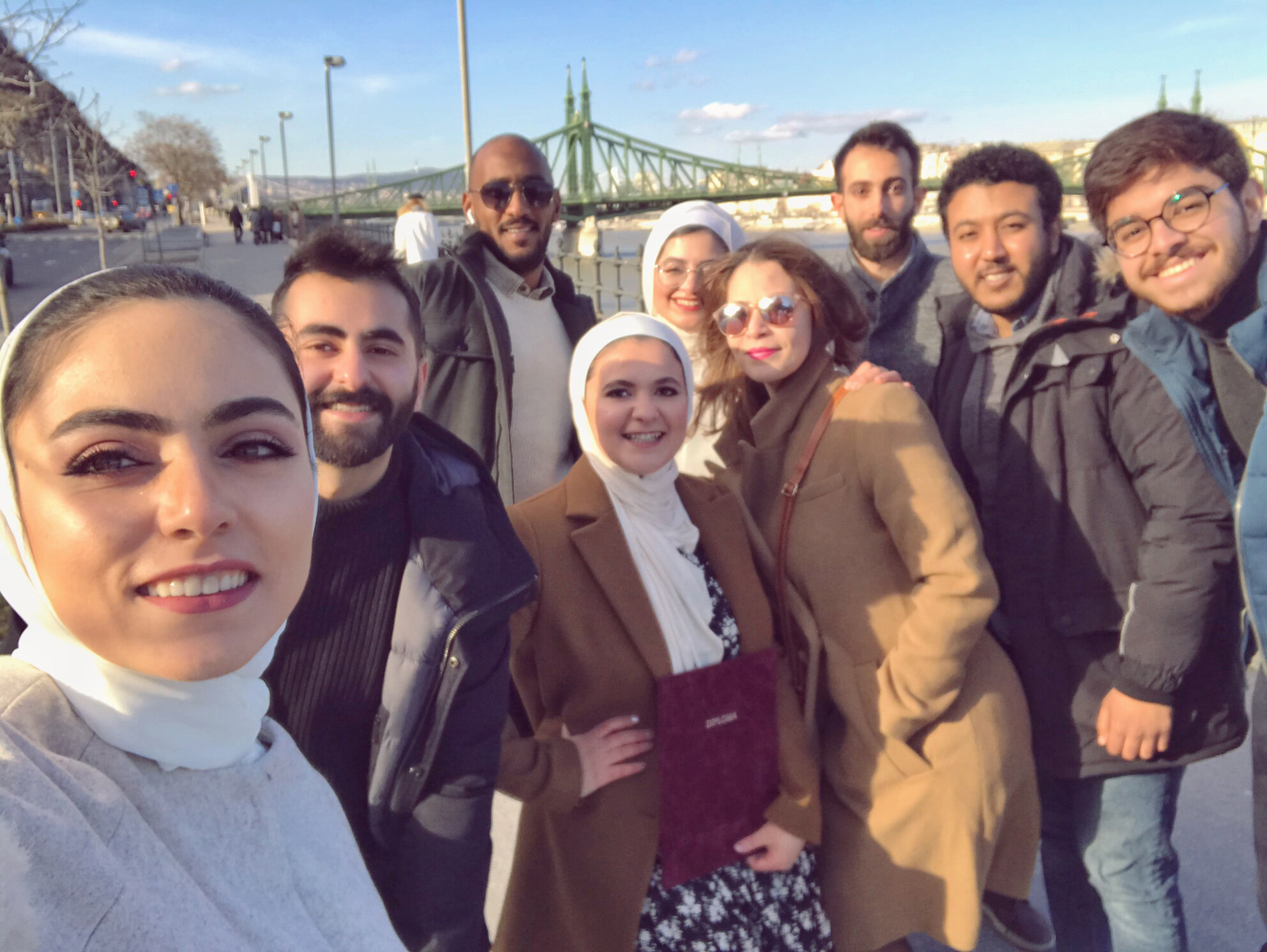
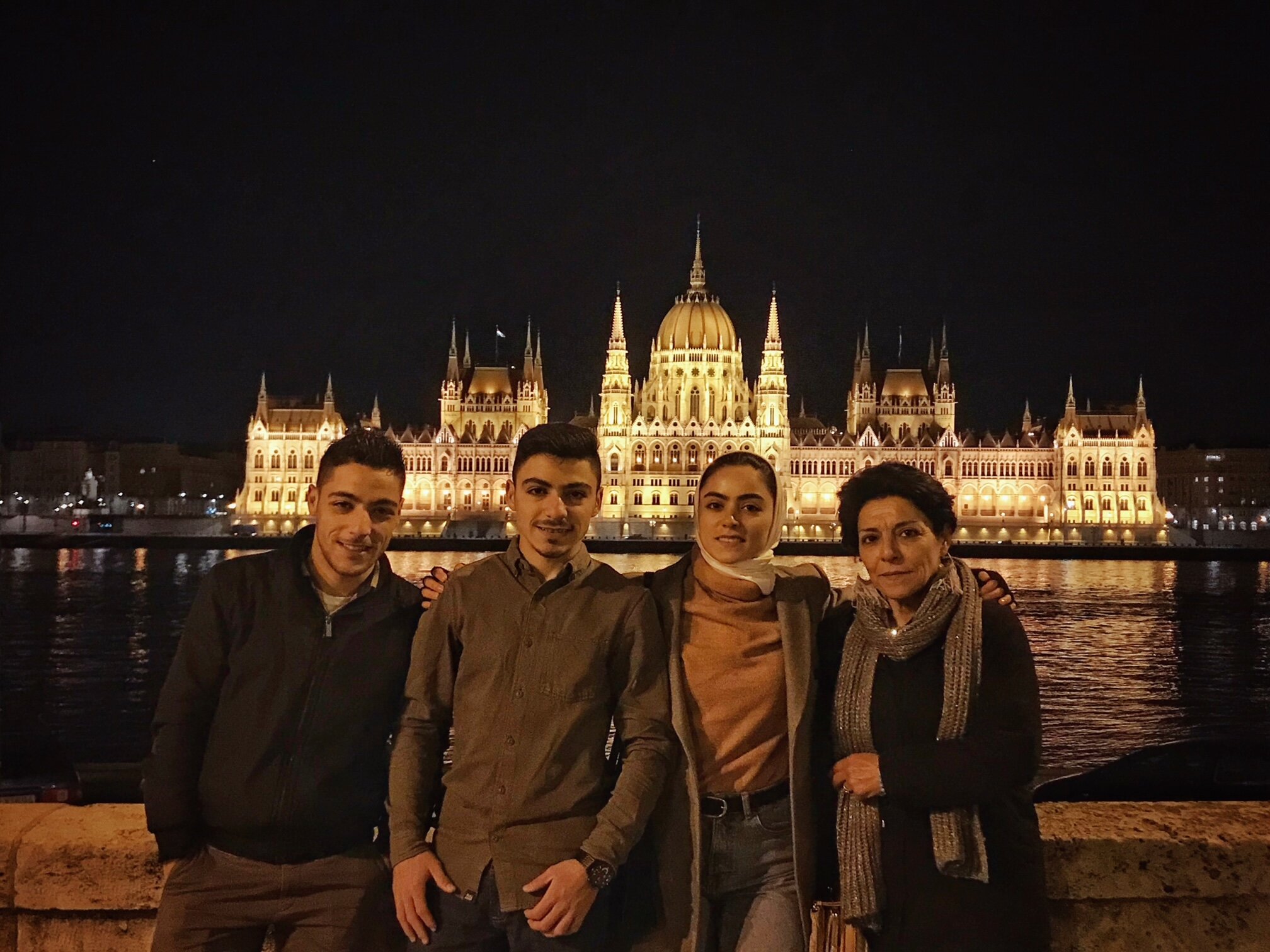
Graduation day. Image courtesy of Sarah Tawalbeh.



